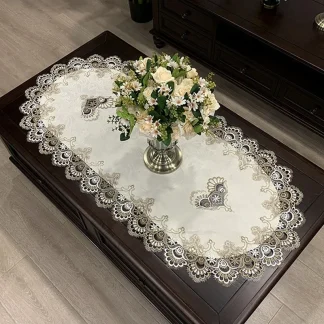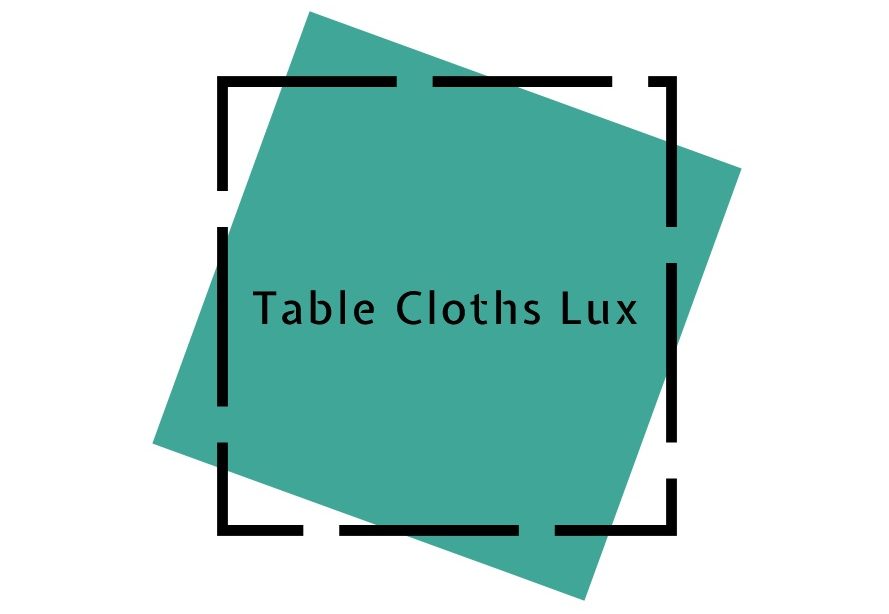Showing 1–42 of 77 results
Showing 1–42 of 77 results
Elegance and Functionality: The Versatility of Table Cloths
Cloths are more than just a protective covering for your dining table—they are a key element in setting the tone and style of your dining area. From casual gatherings to formal events, these pieces can transform any setting, adding elegance and functionality to your space.
The Rich History of Table Cloths
The use of these items dates back to ancient times, with early examples found in Roman and Egyptian civilizations. These early coverings were often made from woven fabrics and used to protect and display wealth and status. Over the centuries, these products have evolved in design and material, reflecting changing tastes and technological advancements.
During the Renaissance, table cloths became more ornate, featuring intricate embroidery and lacework. They were often seen in the homes of the wealthy and became a symbol of sophistication and refinement. The Victorian era further popularized the use of these items, with elaborate designs and fine fabrics becoming the norm in well-to-do households.
Materials and Designs: Choosing the Right Table Cloth
These options come in a wide range of materials, each offering different benefits and aesthetic appeal. Common materials include cotton, linen, polyester, and blends, each providing a unique look and feel. Cotton and linen products are known for their natural texture and breathability, making them ideal for casual and formal settings alike.
Polyester table cloths, on the other hand, are favored for their durability and ease of maintenance. They are often used in commercial settings such as restaurants and banquet halls due to their resistance to stains and wrinkles. Blended fabrics combine the best qualities of different materials, offering a balance of elegance and practicality.
The design of a product can significantly impact the overall ambiance of your dining space. Solid colors, patterns, and textures all play a role in creating the desired aesthetic. From minimalist and modern designs to intricate and traditional patterns, there is a item to suit every style and occasion.
The Cultural Significance of Table Cloths
Table cloths hold cultural significance in many societies, often playing a central role in rituals, celebrations, and daily life. In some cultures, the choice of these items can symbolize hospitality and respect for guests. Special occasions such as weddings, holidays, and religious ceremonies often feature beautifully adorned these pieces, reflecting the importance of the event.
In European traditions, elaborate settings with fine items were a hallmark of high society. In contrast, many Asian cultures emphasize simplicity and natural beauty, with these pieces that highlight the craftsmanship of the fabric and the artistry of the setting. These cultural variations showcase the versatility and adaptability of these products across different contexts.
Modern Innovations in Table Cloth Design
Today's table cloths benefit from advancements in textile technology and design innovation. Modern materials offer enhanced durability, stain resistance, and ease of care, making these items more practical for everyday use. Eco-friendly options are also becoming more popular, with sustainable fabrics and production methods catering to environmentally conscious consumers.
Innovations in design have led to the creation of these pieces that cater to a variety of needs and preferences. From water-resistant coatings to customizable sizes and shapes, these advancements ensure that these items remain a functional and stylish addition to any dining space. Digital printing technology allows for vibrant and intricate patterns that were previously difficult to achieve, expanding the possibilities for creative expression.
Styling Tips: Enhancing Your Dining Experience with Table Cloths
Choosing the right table cloth can enhance your dining experience and create a welcoming atmosphere. Consider the occasion and overall theme when selecting a product. For formal dinners, opt for elegant fabrics such as linen or damask in classic colors like white, cream, or navy. Add matching napkins and place settings to complete the look.
For casual gatherings, playful patterns and vibrant colors can add a touch of fun and warmth. Checkered or floral designs are perfect for outdoor picnics and family meals, bringing a cozy and inviting feel. Layering these items with runners or placemats can add depth and texture, creating a visually appealing setup.
Don’t be afraid to experiment with different styles and combinations. Mixing and matching table cloths with other linens, such as napkins and placemats, can create a unique and personalized look. Accessories such as candles, centerpieces, and flowers can further enhance the overall aesthetic, making your setting truly special.
Maintaining Your Table Cloths: Tips for Longevity
Proper care and maintenance are essential for preserving the beauty and functionality of your product. Follow the manufacturer's instructions for washing and drying, and treat stains promptly to prevent permanent damage. For delicate fabrics, consider hand washing or using a gentle cycle on your washing machine.
Storing table cloths properly is also important. Fold them neatly and store them in a cool, dry place to avoid wrinkles and damage. Using protective covers or storage bags can help keep your product clean and ready for use. Regularly inspect your product for signs of wear and tear, and address any issues promptly to extend their lifespan.
The Future of Table Cloths
The future of these items are likely to see continued innovation and adaptation to changing consumer preferences. As sustainability becomes a more significant concern, we can expect to see more eco-friendly options made from recycled or organic materials. Advances in textile technology will continue to enhance the functionality and durability of these pieces, making them even more versatile.
Customization and personalization will also play a larger role in the future of table cloths. Consumers will have more options to create bespoke linens that reflect their unique style and needs. Digital printing and other modern techniques will allow for greater creativity and individual expression.
Ultimately, these pieces will remain a beloved and essential part of dining culture, offering a blend of beauty, functionality, and tradition. Whether used for everyday meals or special occasions, these items will continue to enhance the dining experience and bring people together around.
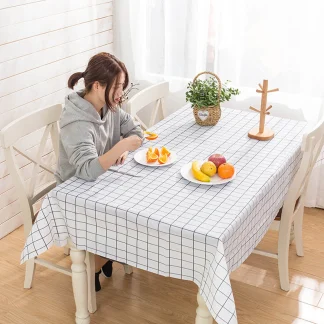
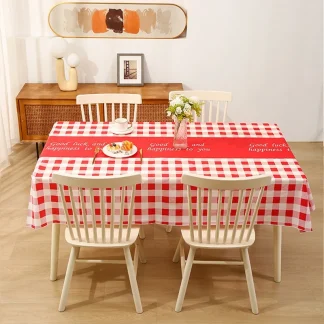 + 1
+ 1
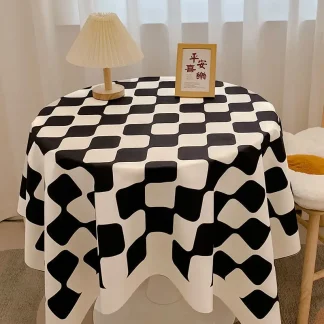
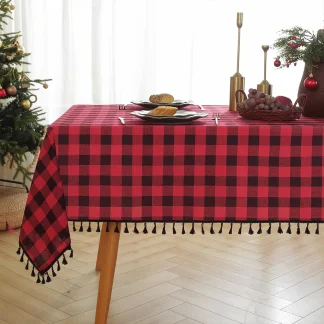 + 1
+ 1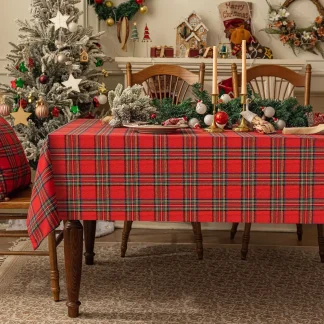
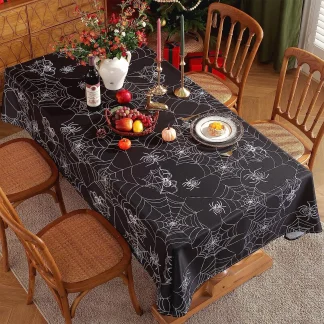
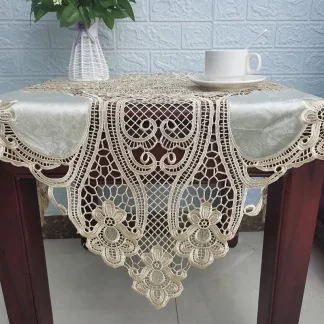
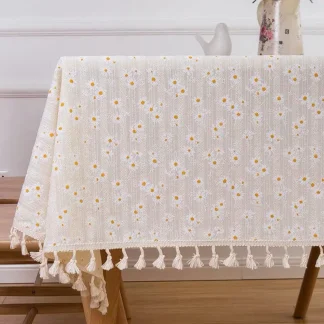 + 2
+ 2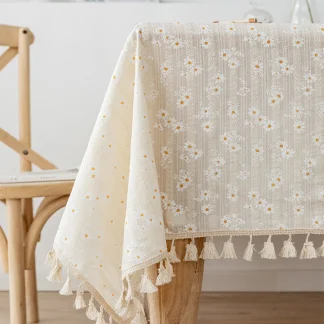 + 4
+ 4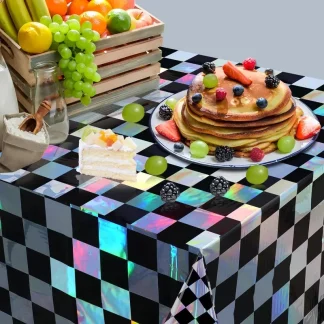
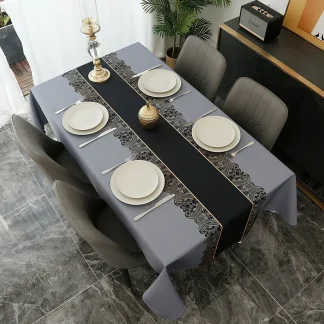 + 4
+ 4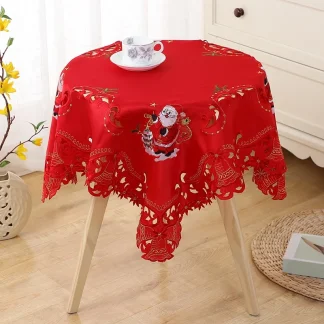
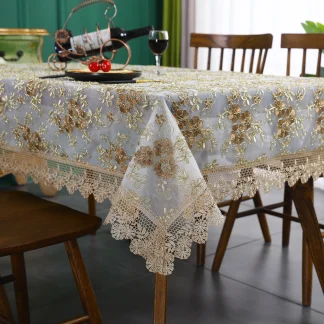
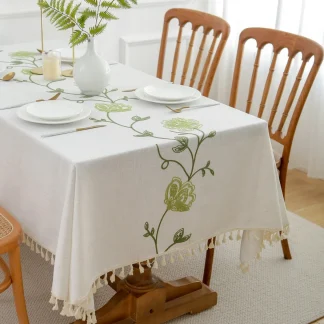
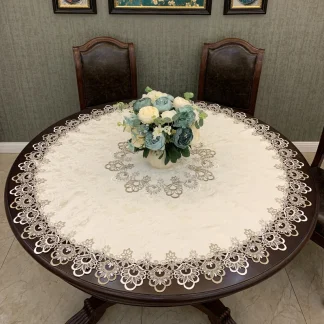
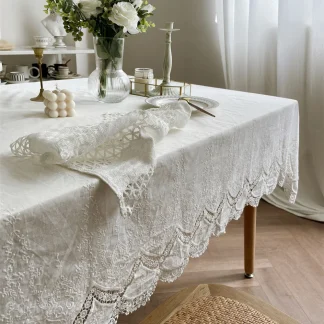
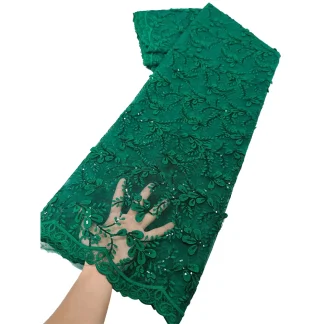
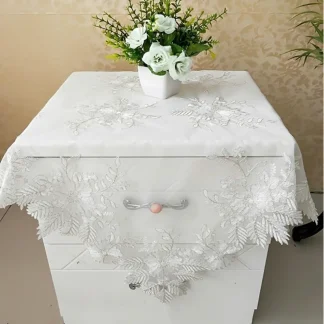
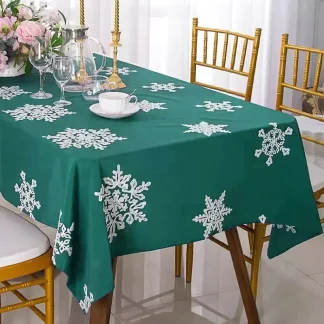
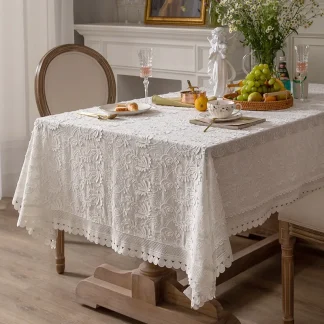
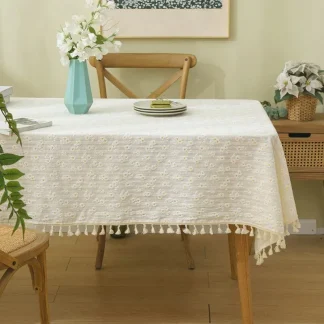
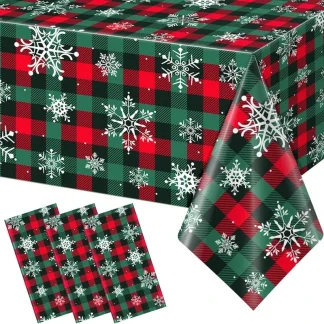
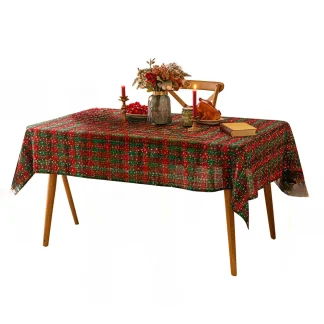
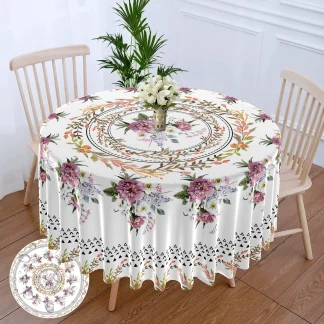 + 1
+ 1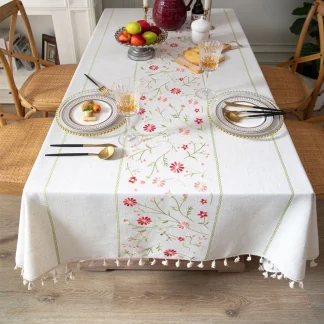
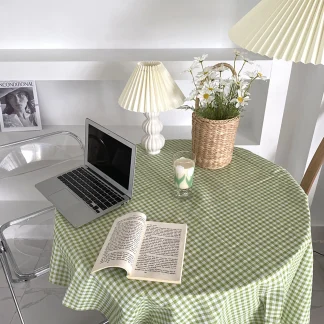
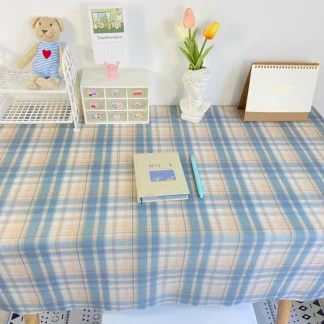
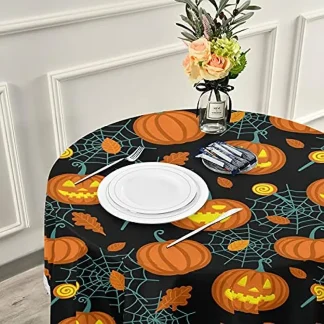
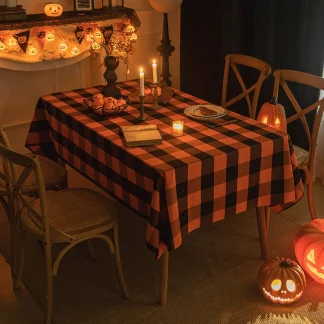
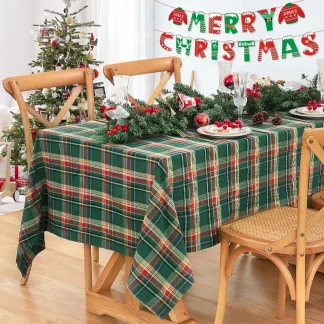
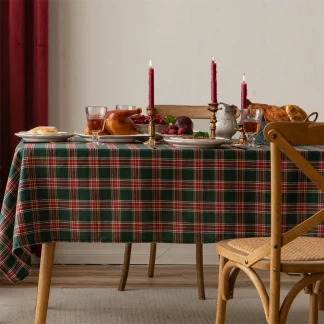
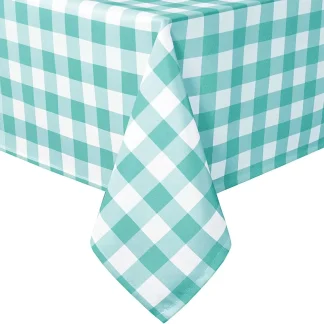
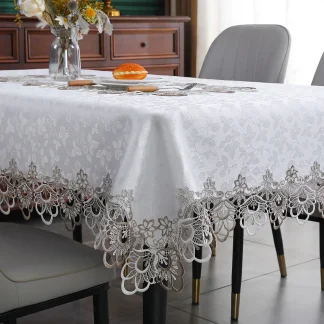
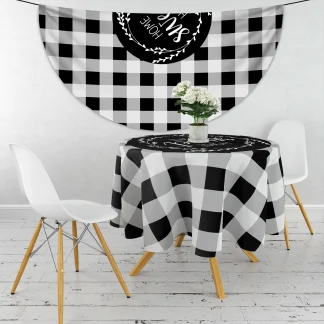
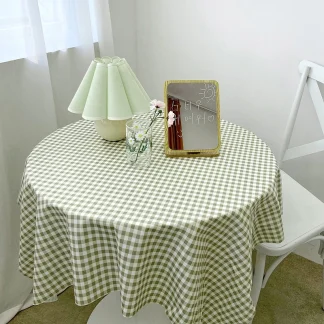
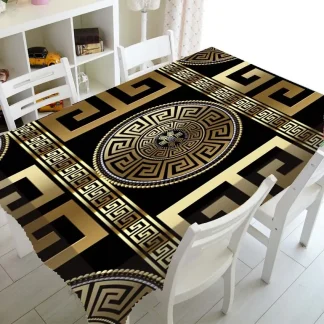 + 12
+ 12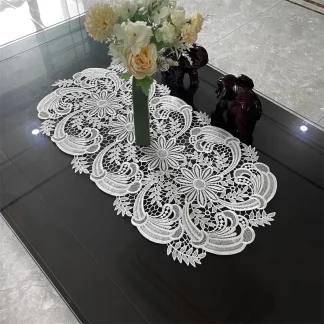
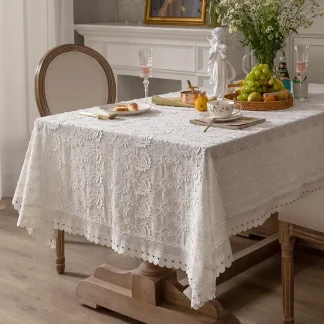
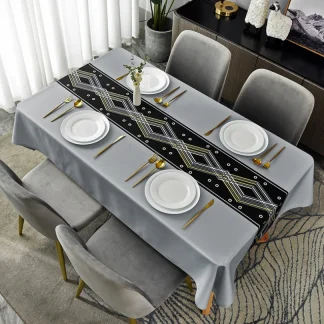 + 3
+ 3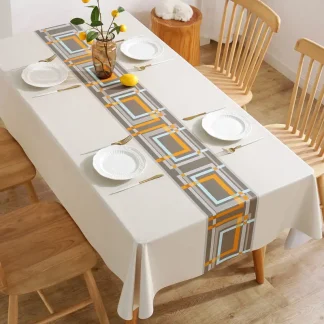 + 11
+ 11